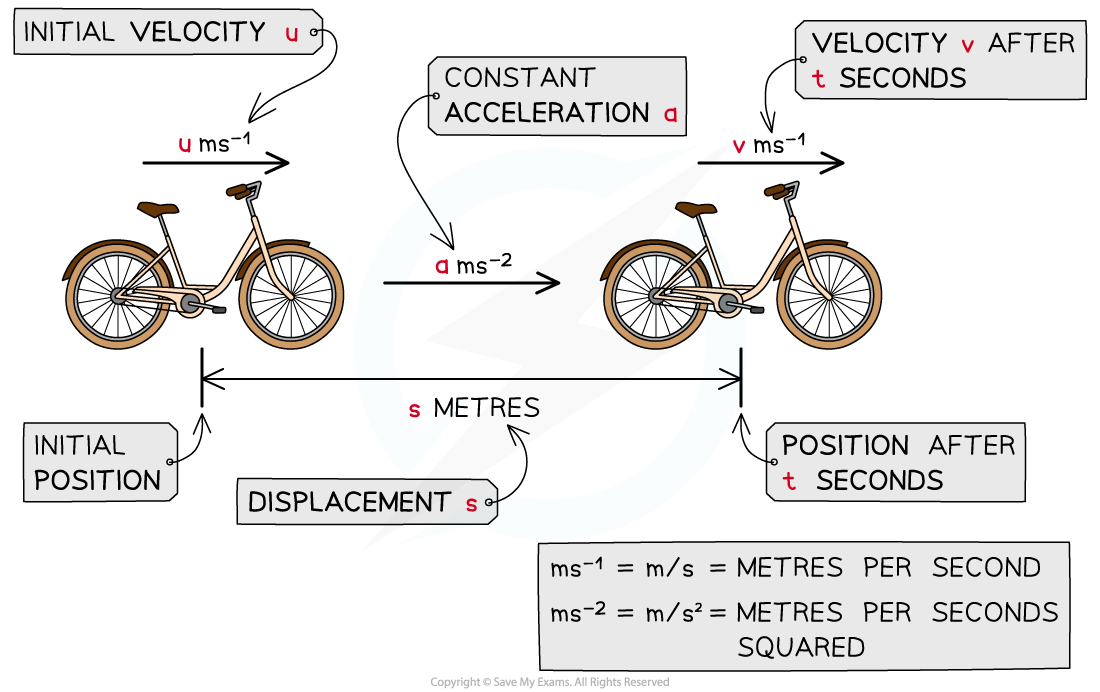- 翰林提供学术活动、国际课程、科研项目一站式留学背景提升服务!
- 400 888 0080
CIE A Level Maths: Mechanics复习笔记1.1.1 Scalars & Vectors
Scalars & Vectors
Mechanics uses a variety of different scalar and vector quantities.
What are scalars?
- Scalars are quantities without direction, they only have a size (magnitude)
- e.g. a speed of 7 m/s, a distance of 5 m, a time of 15 s or a mass of 12 kg
- Scalars can only be positive- you can’t have a negative distance or speed!
What are vectors?
- Vectors are quantities which also have a direction, this is what makes them more than just a scalar
- e.g. two objects with velocities of 7 m/s and ‑7 m/s are travelling at the same speed but in opposite directions
- Vector quantities can have positive or negative components
- Some examples of vector quantities you may come across are displacement, velocity, acceleration, force/weight, momentum
- Displacement is the distance moved in a given direction from a starting point
- Velocity is a speed in a given direction (displacement over time)
- Acceleration is the change in velocity over time

Vector quantities of displacement, velocity and acceleration
Worked Example


Exam Tip
- Make sure you fully understand the definitions of all the words in this section so that you can be clear about what your exam question is asking of you
- Vectors appear in bold (non-italic) font in textbooks, on exam papers, etc (i.e. F, α ) but in handwriting should be underlined (i.e.F , α)
转载自savemyexams


最新发布
© 2025. All Rights Reserved. 沪ICP备2023009024号-1








